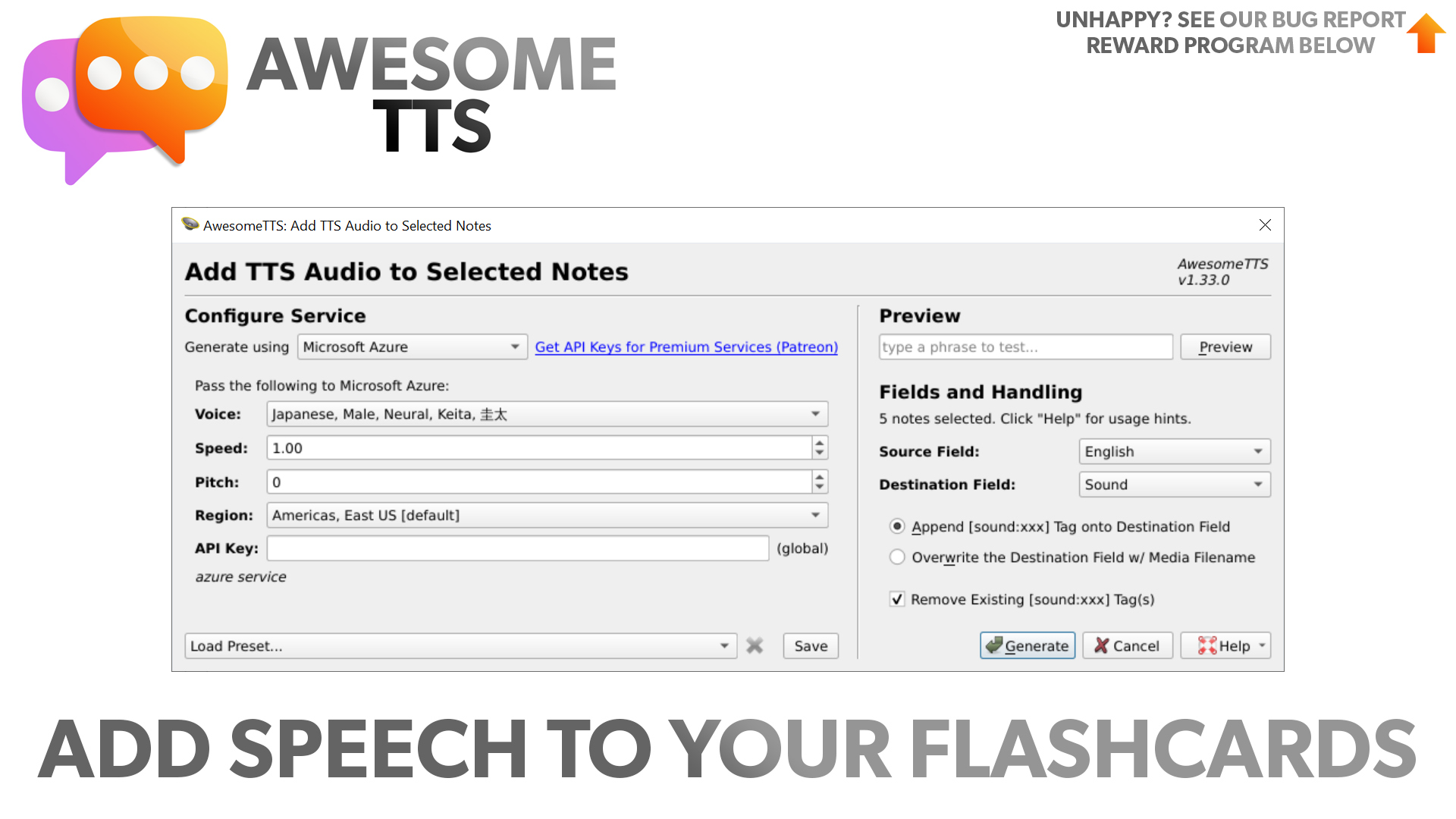

To implement a TTS engine, an extension must declare the "ttsEngine" permission and then declare all voices it provides in the extension manifest, like this: )Ĭhrome. An extension could even do something different with the utterances, like display closed captions in a pop-up window or send them as log messages to a remote server.
#GOOGLE TTS VOICES HOW TO#
The following code snippets demonstrate how to list the voices available in the Text-to-Speech API for text-to-speech synthesis. You can also find the complete list of voices available on the Supported Voices page. The Text-to-Speech API also offers a group of premium voices generated using a WaveNet.
:max_bytes(150000):strip_icc()/005_use-google-text-to-speech-on-android-4767200-6353b765efc54f7c8b8b37074a23cea4.jpg)
Extensions are free to use any available web technology to provide speech, including streaming audio from a server, HTML5 audio, Native Client, or Flash. You can get a complete list of all the supported voices by calling the voices:list endpoint of the API. Many of the standard voices available in Text-to-Speech use a variation of this technology. By doing so, it can intercept some or all calls to functions such as tts.speak and tts.stop and provide an alternate implementation. Account required A cloud service by Amazon Web Services, a subsidiary of, that converts text into lifelike speech.
#GOOGLE TTS VOICES WINDOWS 10#
An extension can register itself as a speech engine. Works only with Windows 10 Additional Windows 10 provider.


 0 kommentar(er)
0 kommentar(er)
